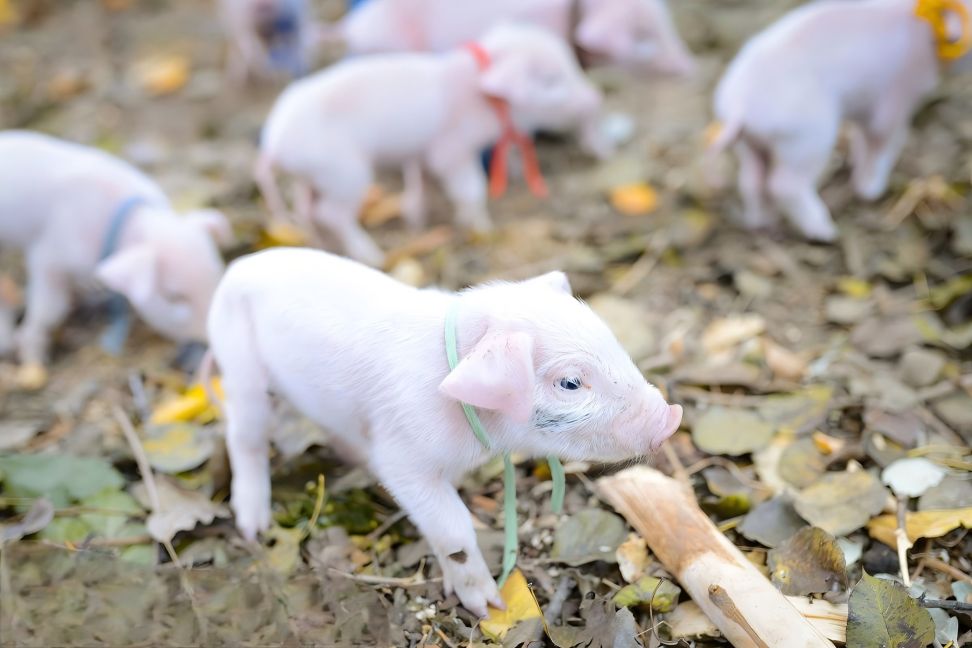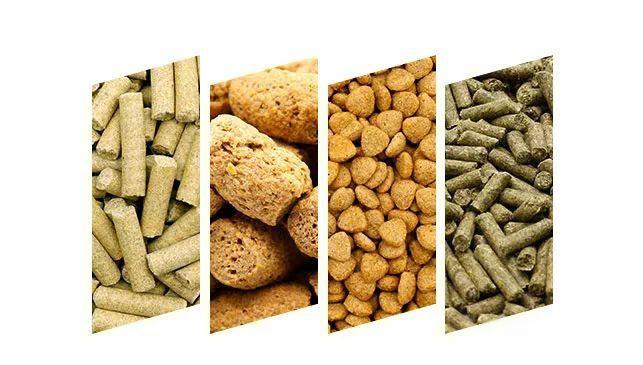Is Isomaltooligosaccharide Powder Benefit for Animal Feeding?
Antibiotics as feed additives have made an indelible contribution to the development of the feed industry and animal husbandry. However, with the deepening of scientific understanding, it has been found that the use of antibiotics can cause endogenous infection or superinfection in animals, the production of drug-resistant strains, a decline in the cellular and humoral immune functions of livestock and poultry, and residues in livestock and poultry products. Although live bacterial preparations can overcome the above-mentioned shortcomings of antibiotics, after actual application, it is found that they also have many extremely difficult shortcomings to overcome, such as the fact that most live bacterial preparations are anaerobic bacteria, fermentation production is very difficult, product quality standards are difficult to unify, and industry management of product quality is almost impossible; oxygen, high temperatures and other conditions during storage, transportation and processing all inactivate it in large quantities; there are incompatibilities with antibiotics when formulating; stomach acid inactivates it and it does not colonize the animal gut well.
On the other hand, isomalto-oligosaccharides can overcome the shortcomings of both. It can not only replace antibiotics and produce functional animal products without drug residues, but also reduce feed costs. There are no incompatibilities when formulating; it can withstand all extreme feed processing conditions such as oxygen and high temperatures processing conditions, and can be used not only for powder production but also for the production of pellets and extruded feed. It can withstand the effects of gastric acid and overcome the defect of exogenous live bacterial preparations with poor intestinal colonization ability by promoting the growth and reproduction of beneficial intestinal bacteria. Therefore, isomalto-oligosaccharides are a new type of green functional feed additive that is expected to replace antibiotics and live bacterial preparations.

1. Physical and chemical characteristics of isomalto-oligosaccharides
1.1 Chemical structure
Isomalto-oligosaccharides (IMO) are also known as isomaltooligosaccharides, oligoisomaltose, and branched oligosaccharides. They are formed by the combination of two or more glucose molecules via an α-1,6 glycosidic bond. The active ingredients are isomaltose, panose, isomaltotriose, etc. The structure is shown in Figure 1.
1.2 Physical and chemical properties
1.2.1 Sweetness
The sweetness of IMO-500 (containing 50% isomaltose) is 52, and the sweetness of IMO-900 (containing 89% to 90% isomaltose) is 42. Isomaltulose oligosaccharides with low sweetness can replace part of the sucrose to reduce the sweetness of foods and improve the taste.
1.2.2 Viscosity
The viscosity of isomalt syrup is similar to that of a sucrose solution of the same concentration. It has no adverse effect on the structure and physical properties of food and feed.
1.2.3 Heat resistance and acid resistance
Isomalt has excellent heat and acid resistance. A 50% isomalt syrup will not decompose when heated at pH 3 and 120 °C for a long time.
1.2.4 Moisture retention and prevention of starch aging
Isomalto-oligosaccharides are effective at retaining moisture and maintaining the quality of various foods. They can inhibit the formation of sucrose and glucose crystals. Adding isomalto-oligosaccharide syrup can also prevent starch aging and extend the shelf life of foods.
1.2.5 Coloring
The sugar molecules in isomaltulose have reducing groups at the ends, and when heated with proteins or amino acids, a Maillard reaction occurs and browning is produced. The degree of coloring is related to the sugar concentration, and is also related to the type of protein or amino acid being heated together, the pH value, the heating temperature and the length of time.
1.2.6 Water activity
When the concentration is 75% and the temperature is 25 °C, the water activity of isomaltulose is 0.75, which is very similar to sucrose.
1.2.7 Fermentability
Isomalto-oligosaccharides are not utilized by yeast and lactic acid bacteria. They remain in foods after fermentation by yeast and lactic acid bacteria in bread and fermented milk, where they exert various physiological functions and characteristics, while also promoting the development of bifidobacteria in fermented milk.
1.2.8 Anti-caries
Isomaltooligosaccharides are not easily fermented by mutans streptococci, the cause of tooth decay, so they produce less acid and do not easily corrode teeth. When used together with sucrose, they can also prevent sucrose from being acted on by mutans streptococci to produce water-insoluble high-molecular-weight glucan, inhibiting the cariogenicity of sucrose.
1.2.9 Safety
The maximum safe amount of isomaltooligosaccharides is 2 g per kg of body weight. The acute toxicity of isomaltooligosaccharides administered orally to rats is LD50 of more than 44 g per kg of body weight, which is safer than sucrose (29.8 g per kg of body weight) and maltose (26.7 g per kg of body weight). When this powdered sugar was added to drinking water and freely consumed by rats (daily intake of 2.7–5.0 g per kg of body weight) over a period of one year, no abnormalities were found in the autopsy results or blood tests. Bacterial reverse mutation tests and tests for chromosomal abnormalities in cultured cells did not show any mutagenicity.
1.3 Mechanism of action of isomalto-oligosaccharides
1.3.1 Promotes the synthesis and absorption of nutrients
Isomalto-oligosaccharides can promote the synthesis and absorption of nutrients, and this function is mainly achieved by promoting the proliferation of bifidobacteria. Numerous experiments have shown that bifidobacteria can promote the synthesis of amino acids, VB1, VB2, VB6, VK, niacin, folic acid, etc., and can also promote the absorption of amino acids, Ca2+, Mg2+, Fe2+, and other nutrients. Therefore, animals also have this effect after eating isomalto-oligosaccharides.
1.3.2 Regulating the body's immune system
Isomalto-oligosaccharides regulate the animal's immune system mainly through three pathways.
(1) Enhancing the body's immune function by promoting the proliferation of bifidobacteria. Isomalto-oligosaccharides can promote the proliferation of bifidobacteria, which can promote the mitotic growth of B lymphocytes and the production of antibodies, induce the expression of mRNA for a variety of immunologically active substances such as interleukin and interferon, and enhance the phagocytic activity of macrophages.
(2) As an immune adjuvant and antigen, it enhances the body's immune function. Isomalto-oligosaccharides can bind to certain toxins and viruses, and after binding, act as adjuvants for these antigens, which can slow down antigen absorption and increase antigen efficacy. In addition, isomalto-oligosaccharides also have an antigenic effect and can cause a direct antibody response.
③ Activates the body's humoral and cellular immune systems and enhances the body's immune function. Spring (1998) reported that isomalto-oligosaccharides can increase the concentration of immunoglobulins in the intestines and serum of animals, the number of B lymphocytes, the release of cytokines, the concentration of interleukins, and the activity of interferons, thereby enhancing the body's humoral and cellular immune functions.
1.3.3 Regulates the digestive tract microflora and promotes the formation of healthy bacteria
Since isomalto-oligosaccharide monosaccharide molecules are bound by α-1,6 glycosidic bonds, and the glycoside hydrolase secreted by the animal digestive tract can only hydrolyze α-1,4 glycosidic bonds, isomalto-oligosaccharides enter the hindgut in an undegraded form and are utilized by the microorganisms in it. However, different bacteria species utilize isomalto-oligosaccharides differently. Beneficial bacteria, especially Bifidobacteria, can proliferate using isomalto-oligosaccharides as a nutrient substrate, while harmful bacteria such as Escherichia coli and Salmonella cannot utilize it; in addition, after using isomalto-oligosaccharides, bifidobacteria and other bacteria produce acidic substances such as lactic acid, which lowers the pH of the intestines. The growth and reproduction of harmful bacteria such as E. coli is thus inhibited, allowing a healthy flora to form in the animal's intestines.
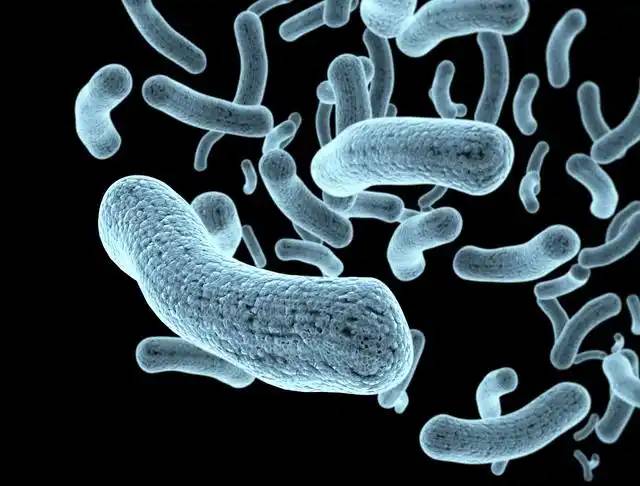
1.3.4 Binding and adsorption of intestinal pathogens
Studies in recent decades have shown that the binding of proteins on the surface of bacterial cell walls to the sugar residues of glycolipids or glycoproteins on the surface of intestinal mucosal epithelial cells promotes the colonization and proliferation of bacteria on the intestinal wall, leading to the occurrence of diseases. When a certain amount of isomalto-oligosaccharides is present in the intestine, it binds to the bacteria, thereby reducing the chance of the bacteria binding to the intestinal mucosal epithelial cells and hindering the growth and reproduction of the bacteria in the intestinal wall. Sometimes isomalto-oligosaccharides can even replace the glycosyl group of intestinal mucosal epithelial cells that have bound to the bacteria, thereby replacing the intestinal pathogenic bacteria.
2 Production of isomalto-oligosaccharides
2.1 Using the inverting action of glucoamylase
Before the functional properties of isomalto-oligosaccharides were discovered, these sugars were regarded as undesirable substances in glucose production, because their presence interfered with glucose crystallization, thereby affecting the recovery rate of glucose and reducing its fermentability. It has been found that invertase is prone to inverting in high glucose concentrations, synthesizing oligosaccharides such as isomaltose and maltose from glucose. Yasuda et al. reported in their patent that 65% glucose solution at 60 °C and pH 4.5 with the addition of 0.5% glucoamylase. After 72 h of reaction, a sugar solution with an isomaltose oligosaccharide content of about 34.2% can be obtained. Some people have also tried to produce isomaltose by immobilizing glucoamylase. There have been many patents on the use of the inverting action of glucoamylase to produce isomaltose, but given the disadvantages of this method, such as low yield of isomaltose, complex product, and long production cycle, it is difficult to promote it on an industrial scale.
2.2 The transglycosidation of α-D-glucosidase
Maltose is hydrolyzed by α-D-glucosidase to produce 2-monomer glucose; the free glucose residue is then transferred by the enzyme to another glucose molecule to form isomaltose via an α-1,6 glycosidic bond (as shown in Figure 2). If the acceptor is maltose, panose is formed. Currently, several major isomaltose manufacturers in Japan use the process route shown in Figure 3.
3. Detection of isomaltulose oligosaccharides
Commonly used methods include paper chromatography, thin-layer chromatography, capillary electrophoresis, and high-performance liquid chromatography.
3.1. Thin-layer chromatography
Using ethyl acetate: methanol: acetic acid: water = 12: 3: 2: 2 as the developing agent, the mixed standard sample is subjected to two developments, and the color is developed by spraying the laccase developer. After coloring, the sample is scanned and quantified using a thin layer chromatography scanner.
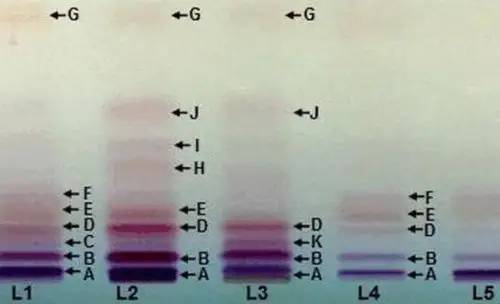
3.2 Capillary electrophoresis
A high-performance capillary zone electrophoresis column and pre-derivatization method were used to determine functional oligosaccharides (oligosaccharides and maltotriose) in foods. The sample was diluted, protein removed, and derivatized with ethyl p-aminobenzoate (ABEE) in methanol. The separation was carried out in a fused silica capillary with a 80 mmol/l borate buffer (pH 8.0) as the running buffer at a constant column temperature of 25 °C and a voltage of 30 kV for 30 min. The components were detected at 300 nm using external standard quantification. The linear correlation coefficients of each component in the concentration range of 31.25-1,000 μg/ml are all above 0.998, the detection limits can reach 0.027-0.059 ng, the relative standard deviations are 2.9%-5.0%, and the recoveries are 100.4%-101.2%.
3.3 High-performance liquid chromatography
Zorbax C18 was used as the stationary phase, water as the mobile phase, and external standard method for quantitative analysis. This method is simple, has good separation, and is suitable for product testing during the production process.
4 Application of isomalto-oligosaccharides
Isomaltooligosaccharides were first discovered by Tomitaru Mitsuoka of Japan. In 1982, Hayashibara Research Institute of Biochemistry successfully developed them, and in 1985 Showa Sangyo Co. became the first company to bring them to market. Currently, some European countries and regions are vigorously researching and developing the application of isomaltooligosaccharides. Isomaltooligosaccharides are also produced domestically, but their application in the feed industry is still in the research stage. Isomaltooligosaccharides were first widely used in the food industry as a healthy sugar substitute and food additive. In the mid to late 1980s, Japan was the first to develop them into a feed additive for use in the feed industry. In the mid-1990s, one-third of Japan's production was used as a feed additive, and 40% of pig feed was added with this substance. Currently, isomalto-oligosaccharides are all the rage in some European countries and regions, but the application of this product in China started relatively late and is currently limited to the food industry. Its application in the feed industry is still in the exploratory and research stage.
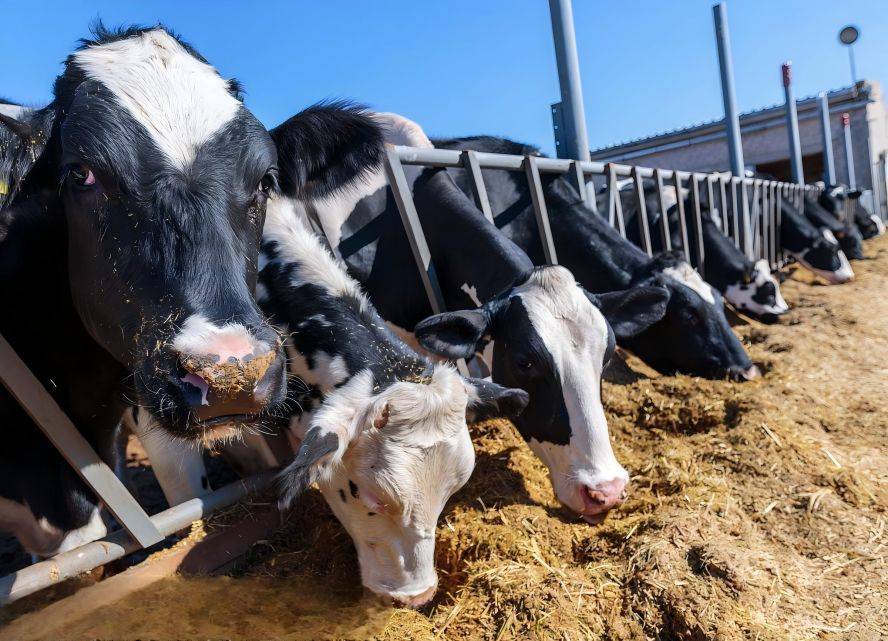
Tests have shown that feeding animals with isomalto-oligosaccharide-enriched feed can increase their growth rate, reduce the feed-to-meat ratio, prevent diarrhea, reduce mortality, shorten the estrus cycle of female livestock, and increase the survival rate of fetuses. It can also improve the quality of livestock and poultry products and increase food safety. Adding 0.1% to 0.2% isomalto-oligosaccharides to the feed of 35-day-old piglets resulted in a 3% to 4% increase in daily weight gain and a 3% to 4% decrease in the feed-to-meat ratio (Bolden, 1 993). Tomeokamo (1990) used a feed with 0.25% isomaltooligosaccharides to test 21-day-old piglets, and the daily weight gain increased by 7%, and the ammonia content in the feces decreased. Japanese scholars such as Takato Muniyuki (1991) conducted a trial on 90,000 broilers by adding 0.2% isomalto-oligosaccharides to the broiler feed. The results showed that the growth rate, average weight and feed efficiency improved, and the average leg, breast, breast tenderloin and edible parts after carcass cutting increased. The intestinal bacterial flora was improved, the safety of the chicken meat was improved, and the benefits could increase income and reduce expenditure. According to a report by I.N.R.A (1992), adding 0.15% isomalto-oligosaccharides to calf feed can increase daily weight gain by 20 g and reduce feed consumption by 2%.


 English
English French
French Spanish
Spanish Russian
Russian Korean
Korean Japanese
Japanese